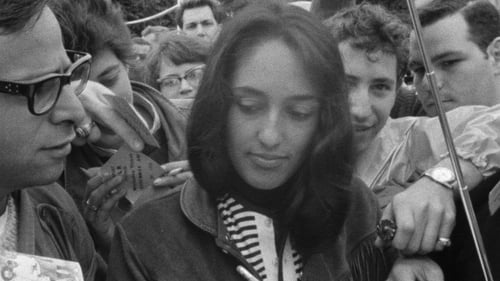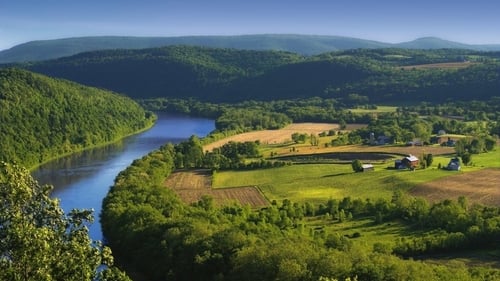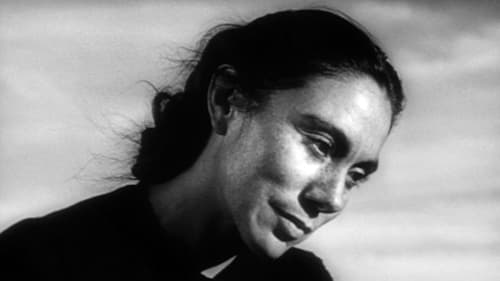
Assistant Camera

Director of Photography
Black and white footage of performances, interviews, and conversations at the Newport Folk Festival, from 1963 to 1966. The headliners are Peter, Paul and Mary, Joan Baez, Pete Seeger, and Bob Dylan, who's acoustic and electric. Son House and Mike Bloomfield talk about the blues; John Hurt, Howlin' Wolf, and Sonny Terry and Brownie McGhee show its range. The Osborne Brothers perform bluegrass. Donovan, Johnny Cash, Judy Collins, Mimi and Dick Farina, and others less well known also perform. Several talk musical philosophy, and there's a running commentary about the nature and appeal of folk music. The crowd looks clean cut.

Camera Operator
Nominated for Emmy for "Program of the Year." First look at the lives of Negros on American television - in their own word. Produced/Directed by Nicholas Webster, co-written by Webster an Louis Lomax.

Director of Photography
Night Journey, the dance, had its premiere only two and a half years after Appalachian Spring, and it is a close cousin. It too has a stream-of-consciousness narration: Jocasta, as she is about to kill herself, remembering what has happened to her. It too contains soul-delving solos, broken up by ensemble dances. Here, however, the ensemble is a darker element. As the story was taken from Greek tragedy, so the corps is the equivalent of Greek tragedy’s chorus. They tell us how to feel: afraid mostly. In this piece Graham pushed her habitual economy to its limits.

Camera Operator
Uma versão filmada do balé mais famoso de Aaron Copland, com sua estrela original, que também coreografou.

Camera Operator
A glimpse into the world and methodology of dancer Martha Graham.

Director of Photography
Baseado em fatos reais, o filme retrata uma greve dos mineiros de origem mexicana, no Novo México. Com exceção de cinco atores, o elenco é composto por não-profissionais, a maioria participantes na greve real. O filme é profético ao descrever a participação das esposas dos trabalhadores oprimidos, uma antecipação do movimento de emancipação feminina que surgiria uma década mais tarde. Num contexto de injustiça social, desenrola-se um drama familiar vivido por Ramon e Esperanza Quintero, um mineiro de origem mexicana e sua esposa. No decorrer da greve, os papeis de Ramon e Esperanza invertem-se: um mandado de segurança contra os grevistas masculinos faz com que as mulheres assumam as atividades piqueteiras, deixando aos homens as tarefas domésticas. As mulheres evoluem de uma posição de subordinação para igualdade, aliadas em busca do objetivo comum.




